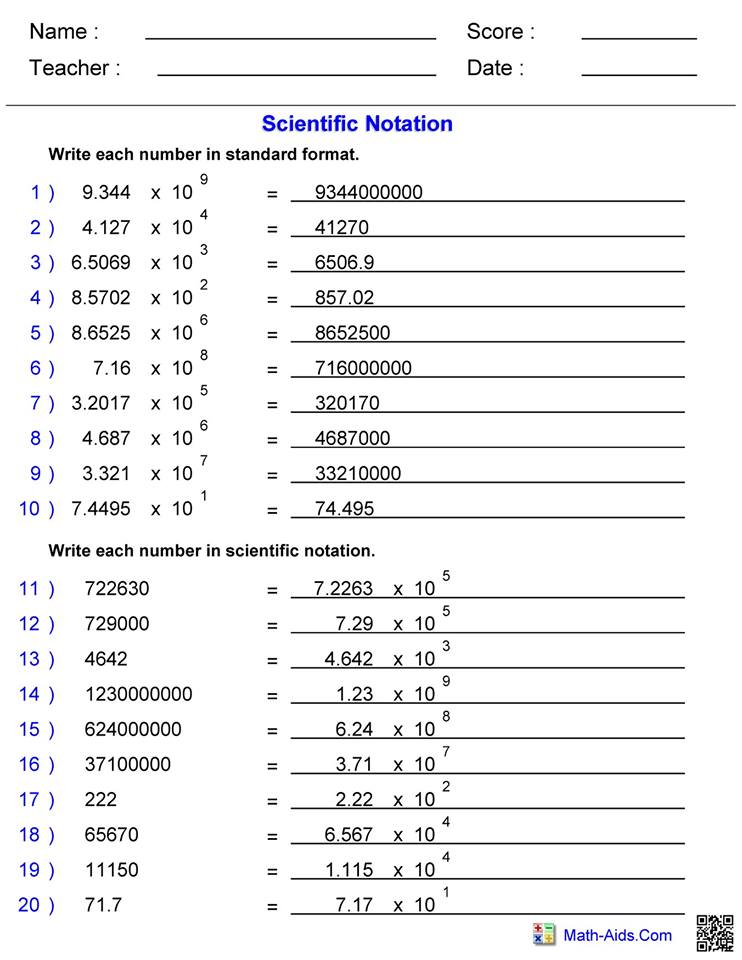Serial Dilution Worksheet: Your Essential Guide

The art of serial dilution is an essential skill in microbiology and chemistry, particularly when quantifying samples with highly concentrated solutes or microorganisms. It involves the sequential dilution of a liquid sample in a stepwise fashion to achieve a desired final concentration. Let's explore the key aspects of serial dilution, understand the workflow, and clarify how to use a serial dilution worksheet effectively for your research or experiments.
The Concept of Serial Dilution

Serial dilution is a method where you take a stock solution, dilute it by a specified factor, then dilute that dilution, and continue this process multiple times. Here’s how it works:
- Start with a stock solution of known concentration.
- Add a fixed volume of the stock solution to a larger volume of solvent (usually water or a buffer), creating the first dilution.
- From this dilution, take another aliquot to further dilute, and so on, forming a dilution series.
Why Use Serial Dilution?

Serial dilution is used for several reasons:
- To achieve concentrations suitable for experimental assays or analytical instruments, which may not function accurately at high concentrations.
- It’s critical for quantifying substances in a sample where the initial concentration is too high to measure directly.
- In microbial work, to decrease the number of cells or organisms to manageable levels for counting or culture.
Preparing for Serial Dilution

Before you start, ensure you have:
- Accurate pipettes or micropipettes.
- Sterile diluent (e.g., water or buffer).
- A series of sterile test tubes or microplates.
- A plan for what your final desired concentration is.
⚠️ Note: Always use sterile equipment when working with microbial samples to avoid contamination.
Executing a Serial Dilution

Let’s work through a simple serial dilution procedure:
- Label a series of tubes or wells for each step of dilution.
- Pipette a specific volume of the stock solution into the first tube.
- Add a known volume of diluent to that tube to achieve the desired dilution.
- Mix the content thoroughly.
- From this first dilution, transfer a volume to the next tube and repeat the process, reducing the concentration with each subsequent step.
Here’s an example of a simple serial dilution scheme:
| Tube | Stock Solution (mL) | Diluent (mL) | Dilution Factor |
|---|---|---|---|
| 1 | 1 | 9 | 1:10 |
| 2 | 1 (from Tube 1) | 9 | 1:100 |
| 3 | 1 (from Tube 2) | 9 | 1:1000 |

Using a Serial Dilution Worksheet

Utilizing a serial dilution worksheet can streamline your process:
- Record initial stock concentration and desired final concentration.
- Calculate volumes of stock solution and diluent for each dilution.
- Use the worksheet to track the dilution factors and resulting concentrations at each step.
- Document each step to ensure reproducibility and consistency.
Let's look at an example where you need to reach a final concentration of 1:1000:
| Step | Volume Stock (mL) | Volume Diluent (mL) | Concentration |
|---|---|---|---|
| 1 | 1 | 9 | 1:10 |
| 2 | 1 (from Step 1) | 9 | 1:100 |
| 3 | 1 (from Step 2) | 9 | 1:1000 |
💡 Note: You can adjust the volume or the number of steps to meet specific concentration requirements or to optimize the use of reagents.
Common Challenges and Solutions

Some common issues when performing serial dilutions include:
- Calculation Errors: Double-check your math to ensure accurate dilutions.
- Pipetting Errors: Use calibrated equipment and consider using positive displacement pipettes for viscous solutions.
- Mixing Issues: Ensure thorough mixing at each dilution step.
Recap and Key Takeaways

Serial dilution is an indispensable technique that allows researchers to measure, study, and cultivate samples that would otherwise be too concentrated to handle directly. Here are the essential points to remember:
- The process involves diluting a stock solution step by step to obtain a series of solutions with exponentially decreasing concentrations.
- A worksheet aids in planning, tracking, and reproducibility.
- It’s crucial for applications where precise measurement at lower concentrations is necessary, like bacterial counts, enzyme assays, or pharmaceutical preparations.
Why do we need to perform serial dilution?

+
Serial dilution is required to bring the concentration of a sample to levels suitable for various analytical methods or to study microbial growth patterns where the initial concentration is too high for direct measurement.
How do you calculate the dilution factor?

+
To calculate the dilution factor for each step, you divide the volume of diluent added by the total final volume of the mixture. For example, if you add 9 mL of diluent to 1 mL of stock solution, the dilution factor is (9 + 1) / 1 = 10, or 1:10.
Can serial dilutions be used for non-microbial samples?

+
Absolutely! Serial dilutions are widely used for chemical solutions, pharmacological preparations, and any sample where concentration reduction is necessary for analysis or processing.



